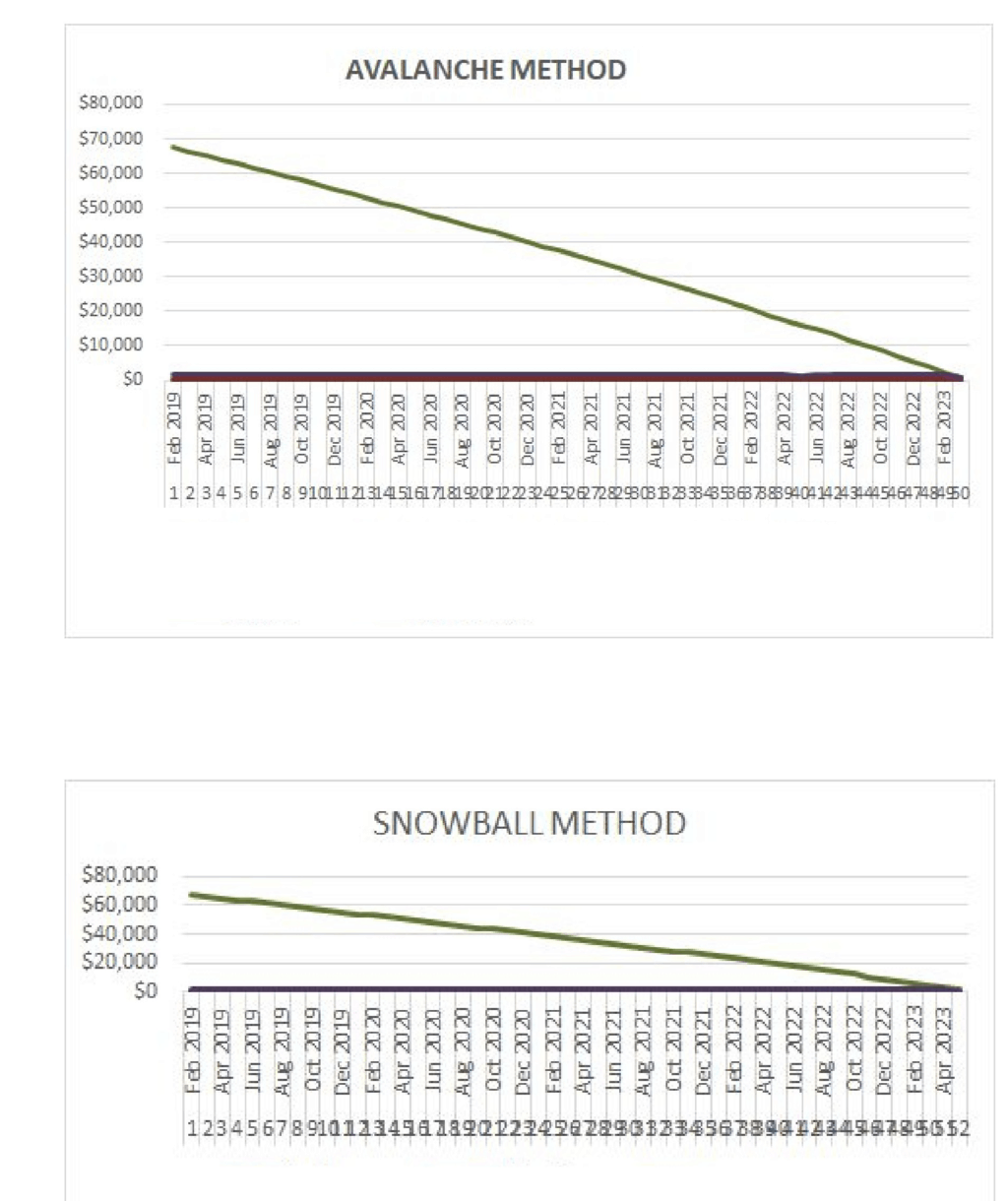[monkeytools msnip=”http://monkeyplayr.com/playr.php?u=5173&p=20964″]
Introduction
In my May 3, 2017, Brandon’s Blog, DEBT SETTLEMENT OR CONSUMER PROPOSAL CANADA: REPORT SAYS CONSUMERS HARMED, I told you about a Government of Canada research study. On April 28, 2017, the Office of the Superintendent of Bankruptcy (OSB), released its study. It revealed the OSB’s concerns about credit counseling services in Canada who were doing more than just counselling, be they for-profit or non-profit.
The concerns
The concern was that the consumer was being harmed. The main areas of concern for the OSB were:
- Consumers paid more money than required if they had first seen a licensed insolvency trustee (previously called a bankruptcy trustee) (LIT or Trustee) rather than the debt settlement company.
- Dishonest debt relief firms chatted customers right into expensive car loans under the scare tactic that they would not qualify once they filed either a consumer proposal or for bankruptcy so now was the time to improve their credit score.
- The debt negotiation firms had no accreditation or experience to provide the sort of financial advice they were offering.
- Creditors obtained much less than they would have received if the insolvent person went first to see the LIT.
- Debtors had no idea of their obligations under the insolvency process they ended up filing for. They were not offered the chance to experience one of the most essential facets of the Canadian bankruptcy system, economic recovery.
Public consultation
On November 24, 2017, the OSB sought public consultation on amending the process by which a LIT must perform credit counselling as part of the administration of consumer proposal filings. Changes were implemented and given time to see how they would work in practice.
On June 17, 2019, the OSB announced that it was seeking public consultation on a new Directive for LITs on credit counselling. These changes are meant to streamline the administrative structure for insolvency credit counseling.
All the changes are to better control the Trustees who receive referrals from debt settlement companies that charge the debtors for services that they really do not require before handing them over to a LIT to administer a consumer proposal.
Why not just go see a Trustee first?
It makes the most sense when you realize you are in financial trouble to see a LIT. A Trustee is only professional licensed, recognized and supervised by the federal government to provide insolvency advice and to administer insolvency filings to eliminate debt problems. A restructuring proposal is a government and court approved debt settlement plan to do that. In a first consultation, a Trustee will listen to all the issues and then provide a debtor with all the available alternatives. The aim is to avoid bankruptcy. This first consultation is also free! No charge! Gratis!
So why don’t more people do so? I believe the answer is in a recent Angus Reid poll titled The Awkward Silences Survey 2019. The survey says one-in-five Canadians claimed they least like to talk about:
- Embarrassing health and wellness concerns – 20%
- Sex – 18%
- Finances – 17%
- Religious beliefs or politics 17%
- Small talk – 15%
- Family and relationships – 13%
The unwillingness to talk about humiliating health and wellness problems was more widespread amongst males (23%) than females (17%).
When asked which one money and finance subject people like discussing the very least, personal debt and bankruptcy led by a big margin with one-in-three stating it was off limits to discuss (34%). This number is significantly greater in Quebec (42%) and least in Ontario (28%).
The survey says Canadians said that in the money and finance area, the least favourite topics they like to talk about are:
- Personal debt or bankruptcy – 34%
- Assets, liabilities and net worth – 22%
- Their income – 16%
- How they spend their money – 12%
- Savings and investments – 11%
- Their mortgage – 5%
I don’t do government approved and free
I always knew that going to see a Trustee to talk about financial problems was not high on anyone’s list. This recent survey is the first time that I have seen it studied with anything other than anecdotal stories. This could explain why even though it makes the most sense, people avoid it for as long as they can. It also explains why people will search out companies that try to candy coat the topic and call it something nicer. Unfortunately, as the OSB studies have shown, consumers do so to their own detriment.
People would rather pay good money they can’t afford to be hoodwinked by an unscrupulous debt consultant until they realize they have no choice but to see a Trustee. At that point, most of their various options are no longer available and bankruptcy is more often than not inevitable.
Whether it is a business or a person, corporate or personal, it will help to talk about it to a Trustee. Sticking your head in the sand will not make things better. There are various options to look at depending on how early on you seek help.
Corporate financial problems
For corporate financial problems, the options may include:
Refinancing with a new lender who has not grown weary.
Sometimes relationships, including business relationships, just run their course and fatigue sets in. I was recently consulted by a company whose banker grew tired of their turnaround plan, that was working. By introducing this company and its senior management to a new lender, who saw the long term benefits of lending to a company that was successfully turning itself around, the company was able to refinance and continue their business.
Sometimes a more formal plan needs to be put into place using one of Canada’s two federal statutes: (i) Companies’ Creditors Arrangement Act (Canada) (CCAA); or (ii) the proposal provisions of the Bankruptcy and Insolvency Act (Canada) (BIA). We have done many.
Receivership or bankruptcy proceedings to take assets from a sick company and get them into a healthy one to save jobs and the business.
Sometimes the corporate body is just too sick and weak and cannot continue. However, taking healthy assets and employees and transferring them to a new or different corporation can revitalize a business and save jobs. The old shareholders may or may not be associated with the new company. However, the highest value will be obtained for creditors, employees and all other stakeholders.
Personal financial problems
For personal financial problems, the options may include:
Credit counseling and budgeting.
Many people need help with items such as:
- Budgeting
- achieving financial goals
- spending habits
- responsible use of credit
Many times once this help is received, people can continue on themselves without any further problems.
Debt consolidation.
Debt consolidation is the process that permits you to roll your varied financial debts owing to many creditors into one single loan, leaving you with just one creditor. If you are starting to have troubles staying on top of your minimum month-to-month payments, and the amount of your debt is frustrating you, debt consolidation is a choice worth thinking about.
A consumer proposal and Division I Proposal.
A consumer proposal and a Division 1 proposal are options to filing bankruptcy. Although comparable in several aspects, there are some significant distinctions. Consumer proposals are offered to people whose financial debts aren’t more than $250,000, not including any debts registered against your personal house. Division 1 proposals are readily available to both companies and people whose financial obligations go beyond $250,000 (omitting mortgages registered on their primary home).
A consumer proposal is an official process under the BIA. Dealing with a Trustee you make a proposal to:
- Pay your creditors a percentage of what you owe them over a specific amount of time
- Extend the time you need to repay the debt
- A mix of both
Repayments are made via the Trustee, who makes use of that money to distribute to each of your creditors. The agreed to a lesser amount of debt has to be repaid within 5 years.
Bankruptcy.
Sometimes when there are no other options, but the pain and stress of your debt load are just too much for you to handle, and you can’t see any other way, bankruptcy may be the only answer. The purpose of bankruptcy in Canada is to return the honest but unfortunate debtor back into society, so that they may be a productive member going forward.
Are you ready to talk about finances now and get some real credit counseling?
Don’t be like those people who took part in the Angus Reid survey. Take a positive step in the right direction to help your company and yourself.
Is your business in financial distress because you cannot collect your billings? Do you not have adequate funds to pay your creditors as their bills to you come due?
If so, call the Ira Smith Team today. We have decades and generations of experience assisting people looking for financial restructuring, a debt settlement plan and to AVOID bankruptcy.
A restructuring proposal is a government approved debt settlement plan to do that. We will help you decide on what is best for you between a restructuring proposal vs bankruptcy.
Call the Ira Smith Team today so you can eliminate the stress, anxiety, and pain from your life that your financial problems have caused. With the one-of-a-kind roadmap, we develop just for you, we will immediately return you right into a healthy and balanced problem-free life.
You can have a no-cost analysis so we can help you fix your troubles. Call the Ira Smith Team today. This will allow you to go back to a new healthy and balanced life, Starting Over Starting Now.





